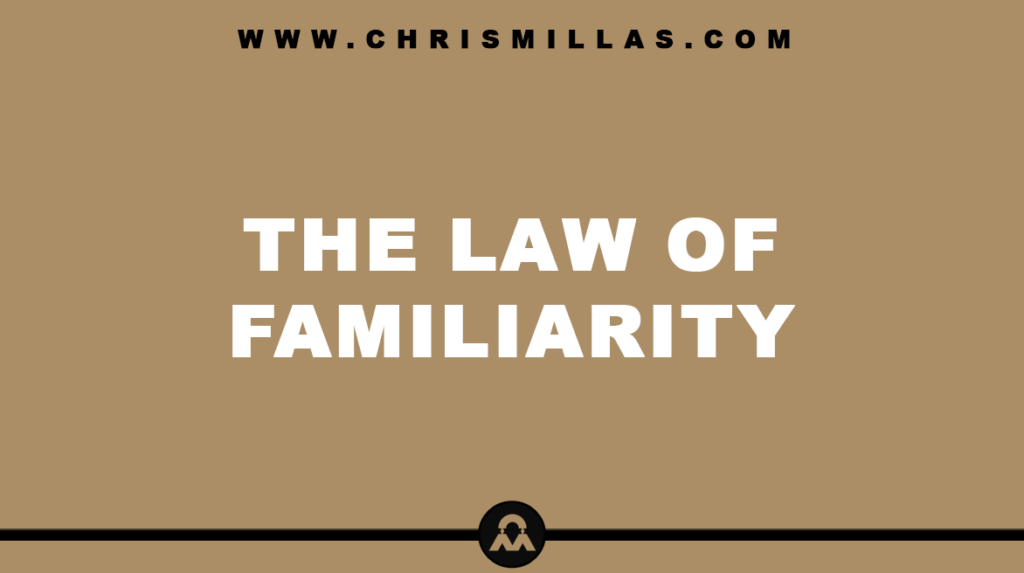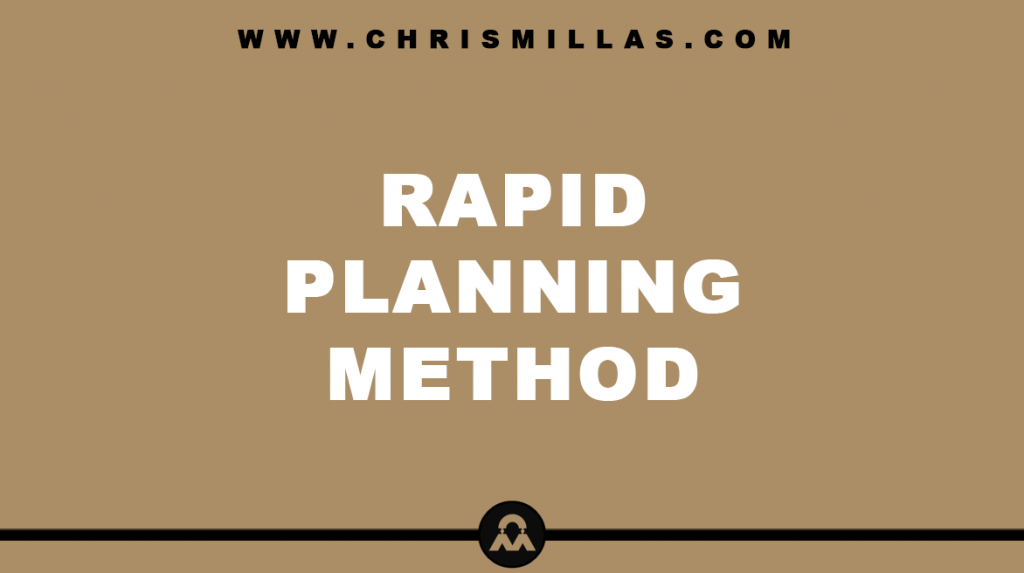In this post, we’ll unpack all you need to know about the Pain-Pleasure Principle, defining exactly what it is, its role in evolution, how it influences our behaviour, how to leverage it and more.
What Is The Pain-Pleasure Principle?
The Pain-Pleasure Principle refers to the two primary forces that drive all human behaviour; the need to avoid pain and the desire to gain pleasure.
While the level of intensity may differ, both pain and pleasure factor into the equation of everything we do.
The Evolutionary Perspective
From an evolutionary perspective, both pain and pleasure evolved as adaptations in order to enhance our ability to survive and reproduce.
Pain evolved to drive us away from perceived threats that decreased our chances of survival. For example, the pain of loneliness encouraged our ancestors to seek out social interaction. Pleasure evolved to drive us towards perceived rewards that increased our chances of survival. For example, the pleasure of sex encouraged our ancestors to reproduce.
For most people, they will do more to avoid pain than to gain pleasure (known as loss aversion) and is a consequence of our pre-programmed negative bias.
“Nature has placed mankind under the governance of two sovereign masters, pain and pleasure. They govern us in all we do, in all we say, in all we think: every effort we can make to throw off our subjection, will serve but to demonstrate and confirm it.” ― Jeremy Bentham
The Pain-Pleasure Principle & The Brain
The brain is ultimately designed to keep you alive so it’s constantly predicting what’s going to happen in your environment so that it can initiate behaviours that enhance your survival.
Consequently, we create psychological (thoughts) and physical (feelings) associations in our nervous system so our brain can instantly determine the meaning ― pain or pleasure. These associations form beliefs which ultimately create your Model Of The World.
The more we engage in specific patterns of behaviours, the more we wire them into our nervous system and ultimately the more they become automatic conditioned responses. For better or worse, these patterns then shape our decisions, actions and ultimately our destiny.
It’s important to note that the associations we create will be different for each of us, and therefore, so will our behaviours. What may be the source of pleasure for one person may be the source of pain for another. Furthermore, it may not necessarily be the actual pain or pleasure that drives our behaviours, but our beliefs about what behaviours will lead to pain or pleasure.
“The secret of success is learning how to use pain and pleasure instead of having pain and pleasure use you. If you do that, you’re in control of your life. If you don’t, life controls you.” ― Tony Robbins
The Science
The brain triggers the release of pleasure-related hormones when it recognises something that you associate with a reward and pain-related hormones when it recognises something that you associate with a threat.
In other words, when you encounter a stimulus that your brain has learned to associate with pleasure, it triggers the release of pleasure hormones and when you encounter a stimulus that your brain has learned to associate with pain, it triggers the release of pain hormones.
How To Leverage The Pain-Pleasure Principle
The behaviours that we adopt in order to avoid pain and gain pleasure can either be positive or negative. The question is, are they sustainable? Are they empowering us or disempowering us? For example, most people meet their needs in a way that works in the moment ― not long term.
Fortunately however, by harnessing the power of neuroplasticity, we can rewire our brain and nervous system by conditioning behaviours that support us and breaking behaviours that don’t.
Therefore, the key to leveraging the Pain-Pleasure Principle is to link pain with behaviours that we wish to avoid that don’t align with our goals and the life we desire and to link pleasure with behaviours that we wish to embrace that do align with our goals and the life we desire.
Summary
Pain-Pleasure principle describes the two primary forces behind all human behaviour; the need to avoid pain and the desire to gain pleasure.
The key to leveraging the Pain-Pleasure Principle is to link pain with disempowering behaviours that don’t align with our goals and the life we desire and to link pleasure with empowering behaviours that do align with our goals and the life we desire.







